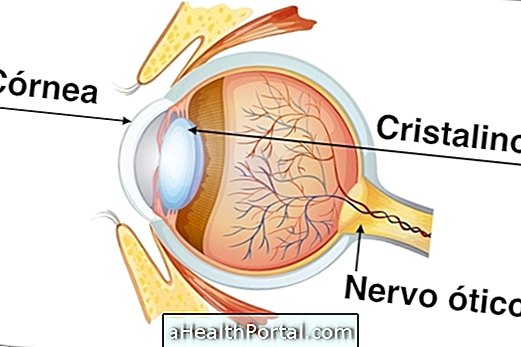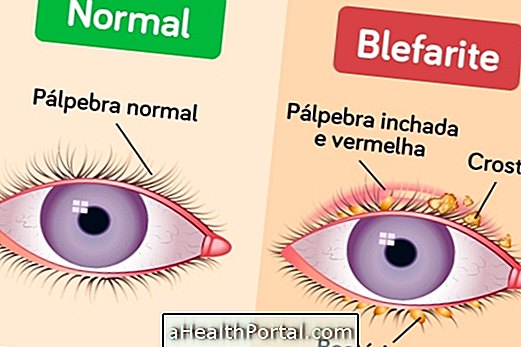Farsightedness is the difficulty in seeing objects closely and happens when the eye is shorter than normal or when the cornea (the front of the eye) does not have sufficient capacity, causing the image to form after the retina.
Generally, hyperopia is present from birth, since heredity is the main cause of this condition, however, the difficulty may appear to varying degrees, which may make it unnoticed in childhood, which can result in learning difficulties . It is therefore important that the child undergo vision screening before entering school. Learn how the ophthalmologic exam is done.
Farsightedness is usually treated through the use of glasses or lenses, however, depending on the degree, the ophthalmologist may perform laser surgery for corneal repair, known as Lasik surgery. See what the indications are and how Lasik surgery is recovery.


Symptoms of hyperopia
The eye of a person with farsightedness is shorter than normal, with the image focused after the retina, which causes difficulty in seeing up close and in some cases, far too.
The main symptoms of hyperopia are:
- Blurred vision for near, mainly, and distant objects;
- Tiredness and pain in the eyes;
- Headaches, especially after reading;
- Difficulty concentrating;
- Feeling of weight around the eyes;
- Tearing or redness of the eyes.
In the child, hyperopia may be associated with strabismus and should be closely monitored by the ophthalmologist to avoid low vision, delayed learning and malformation of visual function at the brain level. Here's how to identify the most common vision problems.
How is the treatment done?
Treatment for farsightedness is usually done with the use of glasses or contact lenses to properly place the image on the retina.
However, depending on the difficulty presented by the person in sight, the doctor may recommend performing surgery for farsightedness, which may be shaved after age 21, and which uses a laser to modify the cornea which will cause the image now is concentrated in the retina.
What causes hyperopia
Farsightedness is usually hereditary, that is, passed from the parents to the children, however, this condition can be manifested due to:
- Poor eye formation;
- Corneal problems;
- Problems in the lens of the eye.
These factors lead to refractory changes of the eye, causing difficulty to see closely, in the case of hypermetropia, or far, in the case of myopia. Know the difference between myopia and farsightedness.



















